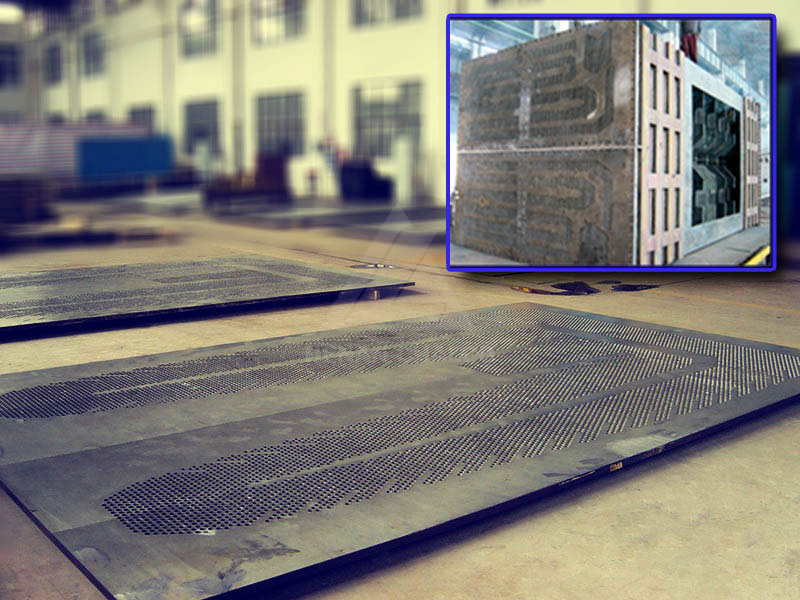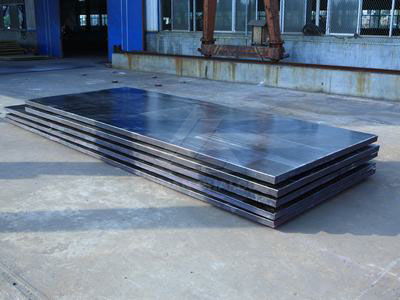Nickel clad steel composite plate, which have good corrosion resistance in some media and high strength and low cost of common steel, are the preferred new structural materials in some chemical industries.
Nickel resources are not abundant in China. The use of
nickel clad steel composite plates is the only way to save nickel in chemical equipment. The composite plate and
stainless steel steel composite plate can be produced by rolling compound process. But explosive welding or explosive welding + rolling method is more appropriate.

In the design of Ni-steel clad plate container, nickel has excellent corrosion resistance in high concentration alkali and reducing medium, which is incomparable with other metal materials. With the rapid development of economy, people pay more and more attention to the excellent corrosion resistance of nickel materials, and the application scope is also expanding day by day. However, due to the high proportion and price of nickel, the
Nickel-steel clad bimetal plate is often used as the liner or bimetal cladding of the vessel.
|
Physical property of nickel clad steel composite plate
|
|
Method |
thickness mm |
σt/ MPa |
Tensile Property |
Ak/(J.cm-2) |
Bending 180° |
|
σb/ MPa |
δ/ MPa |
Inner bending,d=2t |
Outer bending,d=t |
|
Explosive |
12+46 |
207 |
333 |
35 |
112 |
OK |
OK |
|
Explosive+Hot rolling |
3+13 |
265 |
400 |
35 |
- |
OK |
OK |
|
Explosive+Hot rolling |
2.4+9.6 |
- |
430 |
30 |
- |
OK |
OK |
|
Base plate alloy |
Q234R、Q345R、15CrMoR、16Mn、20MnMo、15CrMo、16MnDR、16MnD、S31603、00Cr17Ni14Mo2 |
|
Cladding plate alloy |
N5、N6、N7、NCu30、NS111、NS112、NS142、NS312、NS334、NS335 |
|
Standard |
NB/T 47002-2009 |
|
Cladding plate thickness |
≤100㎜ |
|
Base plate thickness |
≤500㎜ |
|
Length |
≤12000㎜ |
|
Width |
≤4200㎜ |














